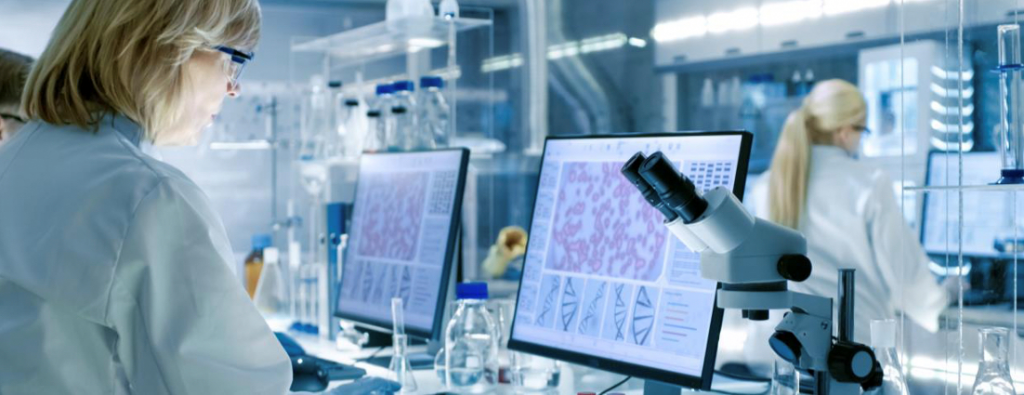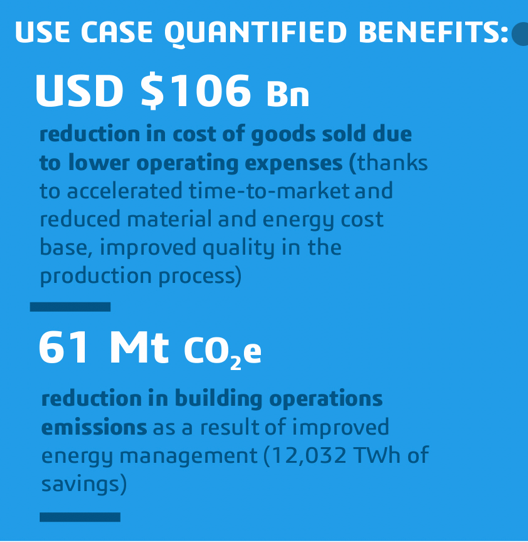Digital disruption has reached Life Sciences and Healthcare, and with it the imperative for companies to transform their core technology and leverage data and analytics – not only to gain a competitive advantage, but to meet sustainable development goals by 2030.
The pharmaceutical industry’s greenhouse gas (GHG) emissions are increasing, despite efforts to decarbonize due to increasing drug demand globally. What’s more, studies have shown that the industry is approximately 55% more emissions intensive than the automotive industry.
The Dassault Systèmes/Accenture white paper on the critical role of virtual twins in accelerating sustainability demonstrates how companies in this sector can leverage virtual twin technologies to optimize their production processes to improve their performance and their carbon footprint. Virtual twins can help botanical pharmaceuticals manufacturing significantly reduce their process time which leads to a reduction in the cost of the goods, as well as GHG emissions.
Use Case I Life Sciences: Manufacturing Plant Production for Pharmaceutical Manufacturing with Process Virtual Twins – Sanofi.
Sanofi’s Framingham production facility is a digitally enabled, continuous manufacturing facility where the production process is connected with R&D. Here, virtual twin technology is used to optimize remote manufacturing through the use of real-time data capturing and analysis. The industrial process is digitalized and paperless, and 80 times more productive than a traditional factory. Medicines are made in less time for twice the number of patients and all within a smaller environmental footprint.
In the Sanofi use case, the virtual twin is of the production process. The technological building blocks that enable it include IoT, advanced PLM analytics and machine learning. Major drivers of process-related waste and emissions in pharmaceuticals manufacturing include chemical mixing processes and the use of solvents. Simulations of these processes enable scientists and plant operators to run multiple scenarios to find the best configuration, increase speed and accuracy and reduce waste. What’s more, by recycling solvents, using fewer fresh solvents or burning less solvent waste, total emissions during a process can be minimized. Process virtual twins can also help to address this challenge.
By harnessing the power of virtual twin technologies between now and 2030, the Life Sciences sector could generate USD $106 billion in incremental OPEX savings and 61 Mt of CO2e in emission reductions, At Sanofi‘s Framingham production facility, observed performance indicator improvements included::
80% reduction in energy consumption and CO2 emissions per year
91% reduction in water footprint
94% reduction in the use of chemicals
321 tons of waste reduction per year
Discover more about the critical role of virtual twins in accelerating sustainability here.
Find out more about data and digitialization in Life Sciences and Healthcare here.
Join our User Communities to stay on top of the latest industry news, ask questions and collaborate with peers:



